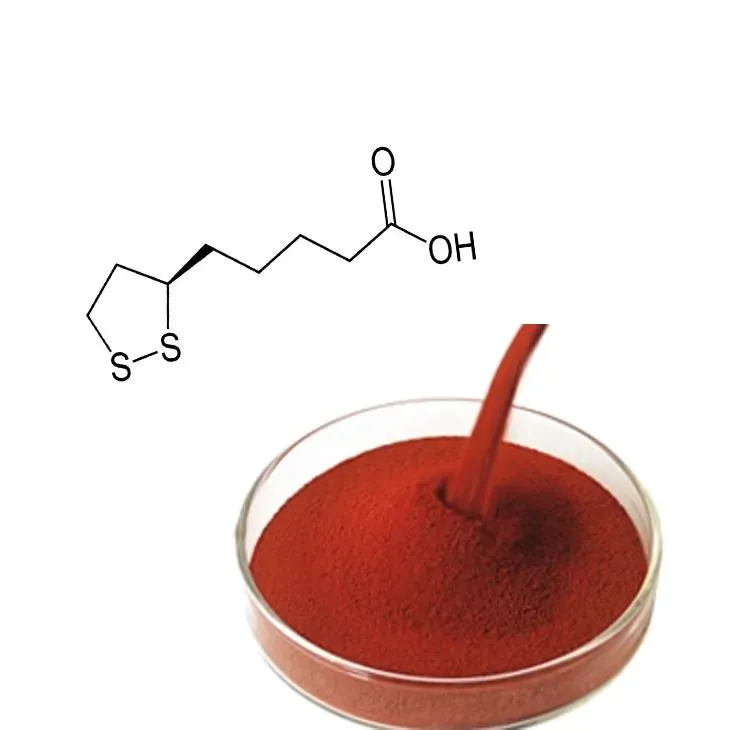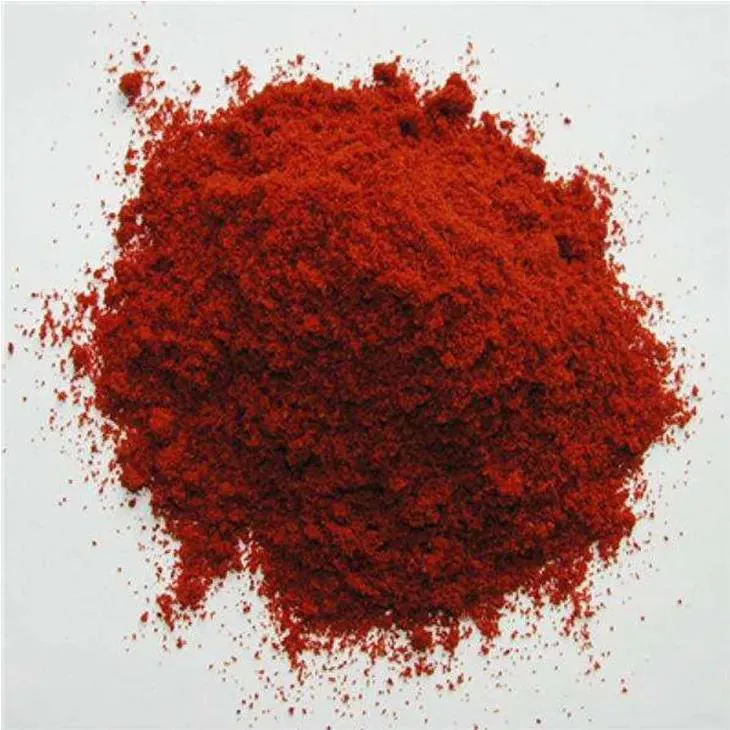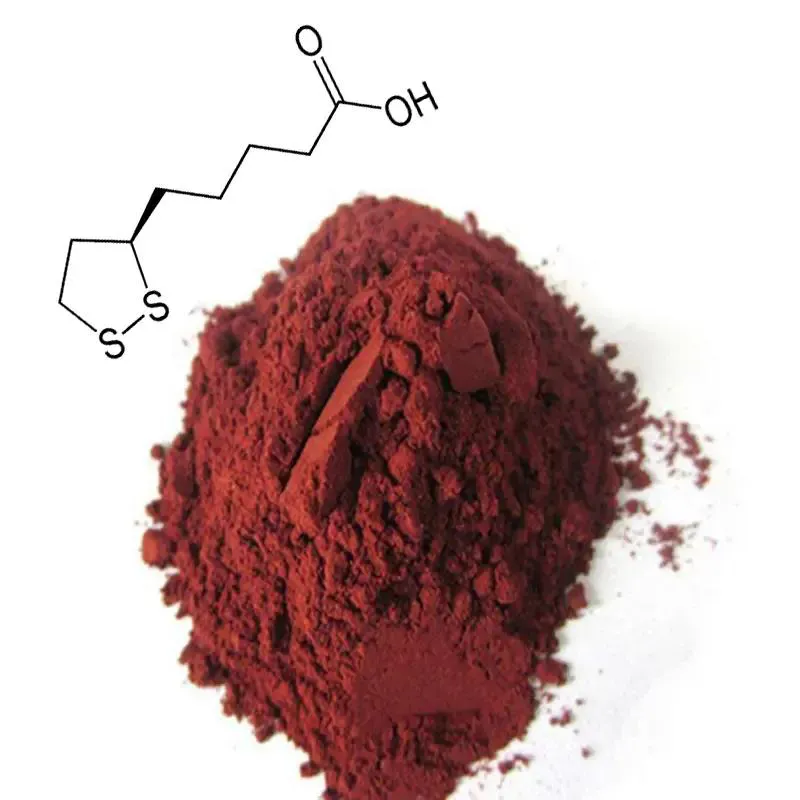- 0086-571-85302990
- sales@greenskybio.com
The process of extracting astaxanthin monoester from astaxanthin.
2024-11-26

1. Introduction to Astaxanthin
Astaxanthin is a powerful antioxidant that has gained significant attention in recent years. It is a carotenoid pigment, which is responsible for the red - orange color in various organisms such as salmon, shrimp, and krill. Astaxanthin has a wide range of biological activities, including antioxidant, anti - inflammatory, and anti - cancer properties. These unique properties make it highly valuable in many industries, especially in the food, cosmetics, and pharmaceutical sectors.
Astaxanthin can be obtained from both natural and synthetic sources. Natural sources include microalgae (such as Haematococcus pluvialis), yeast, and some marine organisms. Synthetic astaxanthin is also produced on an industrial scale, but natural astaxanthin is generally considered to be of higher quality and more desirable for certain applications due to its origin and potential for co - extraction of other beneficial compounds.

2. Significance of Astaxanthin Monoesters
Astaxanthin monoesters are a specific form of astaxanthin that possess unique properties. They are more stable than astaxanthin in its free form, which makes them easier to handle and store. In addition, astaxanthin monoesters have been shown to have enhanced bioavailability in the body compared to other forms of astaxanthin. This means that they can be more effectively absorbed and utilized by the body to exert their beneficial effects.
In the food industry, astaxanthin monoesters can be used as a natural colorant, replacing synthetic dyes. They also have the potential to be added to functional foods and nutraceuticals to provide antioxidant and other health - promoting benefits. In the cosmetics industry, they can be incorporated into skincare products for their antioxidant and anti - aging properties. In the pharmaceutical industry, research is being conducted on the use of astaxanthin monoesters for various therapeutic applications, such as treating inflammatory diseases and preventing certain types of cancer.

3. Selection of Raw Materials
3.1 Natural Sources
When extracting astaxanthin monoesters, the choice of raw materials is crucial. As mentioned earlier, natural sources of astaxanthin are preferred for certain applications. Haematococcus pluvialis is one of the most common and richest sources of astaxanthin in nature. This microalga can accumulate a large amount of astaxanthin, especially under stress conditions such as high light intensity and nutrient deficiency. Another natural source is krill, which contains astaxanthin in the form of esters. Krill oil is also a popular supplement due to its omega - 3 fatty acids content in addition to astaxanthin.
3.2 Considerations for Raw Material Quality
The quality of the raw materials should be carefully evaluated. Factors such as the astaxanthin content, purity, and the presence of contaminants need to be considered. For example, in the case of Haematococcus pluvialis, the cultivation conditions can significantly affect the astaxanthin content and quality. Raw materials should be sourced from reliable suppliers to ensure consistent quality. Additionally, proper storage conditions are necessary to prevent degradation of astaxanthin in the raw materials.
4. Extraction Methods
4.1 Solvent Extraction
Solvent extraction is one of the most commonly used methods for extracting astaxanthin monoesters from raw materials. The principle behind solvent extraction is the solubility of astaxanthin monoesters in certain solvents. Different solvents have different polarities, and this affects their extraction efficiency. Commonly used solvents include hexane, acetone, and ethanol.- Hexane: Hexane is a non - polar solvent. It is effective in extracting non - polar compounds such as lipids and carotenoids. However, hexane has some disadvantages, such as being flammable and having potential environmental and health risks. When using hexane for extraction, strict safety precautions need to be taken.
- Acetone: Acetone is a polar solvent. It can dissolve a wide range of compounds, including astaxanthin monoesters. Acetone has a relatively high extraction efficiency, but it also has some drawbacks. For example, it can cause some chemical reactions with certain compounds in the raw materials, which may affect the quality of the extracted astaxanthin monoesters.
- Ethanol: Ethanol is a relatively safe and environmentally friendly solvent. It has a moderate polarity and can be used to extract astaxanthin monoesters. Ethanol - based extraction is often preferred in some applications where safety and environmental considerations are important. However, the extraction efficiency of ethanol may be lower compared to hexane or acetone in some cases.
4.2 Supercritical Fluid Extraction
Supercritical fluid extraction (SFE) is another extraction method that has been explored for astaxanthin monoesters extraction. In this method, a supercritical fluid, usually carbon dioxide (CO₂), is used as the extraction solvent. Supercritical CO₂ has properties that are intermediate between a gas and a liquid. It has a high diffusivity, low viscosity, and can penetrate into the raw materials easily.SFE has several advantages over traditional solvent extraction methods. Firstly, it is a "green" extraction method as CO₂ is non - toxic, non - flammable, and easily recoverable. Secondly, it can provide a more selective extraction, which means that it can target astaxanthin monoesters more precisely, resulting in a higher - quality extract. However, SFE requires specialized equipment and relatively high operating costs, which may limit its widespread application at present.
5. Purification Steps
5.1 Chromatography
Chromatography is a key purification technique for isolating astaxanthin monoesters. There are different types of chromatography that can be used, such as high - performance liquid chromatography (HPLC) and column chromatography.- High - Performance Liquid Chromatography (HPLC): HPLC is a highly sensitive and precise method for separating and purifying astaxanthin monoesters. It uses a high - pressure pump to force the sample through a column filled with a stationary phase. The mobile phase, which is a solvent or a mixture of solvents, carries the sample through the column. Different components in the sample, including astaxanthin monoesters, interact differently with the stationary and mobile phases, resulting in their separation. HPLC can achieve a high degree of purification, but it is also relatively expensive and requires trained operators.
- Column Chromatography: Column chromatography is a more traditional and relatively simple chromatography method. It involves packing a column with a solid adsorbent material, such as silica gel or alumina. The sample is loaded onto the top of the column, and a solvent is passed through the column to elute the different components. Column chromatography can be used for preliminary purification of astaxanthin monoesters, especially when dealing with larger sample volumes. However, it may not achieve the same level of purity as HPLC.
5.2 Crystallization
Crystallization is another purification method that can be used for astaxanthin monoesters. In this method, the extract containing astaxanthin monoesters is cooled or evaporated to induce crystallization. The crystals of astaxanthin monoesters can be separated from the mother liquor by filtration or centrifugation. Crystallization can be a cost - effective way to purify astaxanthin monoesters, especially when combined with other purification methods. However, the purity achieved by crystallization alone may not be as high as that obtained by chromatography.6. Quality Control and Analysis
6.1 Spectroscopic Analysis
Spectroscopic analysis is an important tool for quality control of astaxanthin monoesters. Ultraviolet - visible (UV - Vis) spectroscopy can be used to determine the concentration and purity of astaxanthin monoesters. Astaxanthin has characteristic absorption peaks in the UV - Vis region, and by measuring the absorbance at these peaks, the amount of astaxanthin monoesters can be quantified.Infrared (IR) spectroscopy can provide information about the chemical structure of astaxanthin monoesters. It can be used to identify the presence of functional groups and to detect any chemical changes or impurities in the sample.
6.2 Chromatographic Analysis
Chromatographic analysis, especially HPLC, is also used for quality control of astaxanthin monoesters. By comparing the chromatographic profile of the sample with a standard reference, the purity and identity of astaxanthin monoesters can be determined. Any peaks corresponding to impurities can be detected, and the relative amount of astaxanthin monoesters in the sample can be quantified.7. Conclusion
The extraction of astaxanthin monoesters from astaxanthin is a complex but important process. The selection of appropriate raw materials, extraction methods, and purification steps are all crucial for obtaining high - quality astaxanthin monoesters. Solvent extraction and supercritical fluid extraction are the main extraction methods, each with its own advantages and disadvantages. Chromatography and crystallization are important purification techniques that can help to isolate astaxanthin monoesters with high purity. Quality control through spectroscopic and chromatographic analysis is necessary to ensure the safety and efficacy of astaxanthin monoesters in various applications in the food, cosmetics, and pharmaceutical industries.
FAQ:
What are the main sources of astaxanthin?
Astaxanthin can be sourced from various organisms. Microalgae such as Haematococcus pluvialis are a significant source. It can also be found in some crustaceans like shrimp and crab, as well as in certain fish species. These organisms either produce astaxanthin themselves or accumulate it through their diet.
Why is solvent extraction used in the extraction of astaxanthin monoesters?
Solvent extraction is used because it is an effective method to separate astaxanthin monoesters from the raw materials. Different solvents can dissolve astaxanthin monoesters based on their chemical properties. By carefully choosing solvents according to their polarity and extraction efficiency, a high yield of astaxanthin monoesters can be obtained from the source material.
What factors need to be considered when choosing solvents for solvent extraction?
When choosing solvents for solvent extraction of astaxanthin monoesters, several factors are important. The polarity of the solvent is a key factor as it determines its ability to dissolve astaxanthin monoesters. Additionally, the extraction efficiency of the solvent, its toxicity, cost, and environmental impact should also be considered. Solvents with high extraction efficiency, low toxicity, reasonable cost, and minimal environmental impact are preferred.
Why is purification important in the extraction of astaxanthin monoesters?
Purification is crucial in the extraction of astaxanthin monoesters because the raw materials usually contain other substances along with astaxanthin monoesters. Purification techniques such as chromatography help to isolate astaxanthin monoesters from these impurities. This ensures that the final product has a high purity level, which is necessary for its applications in industries like food, cosmetics, and pharmaceuticals.
What are the applications of astaxanthin monoesters in the pharmaceutical industry?
Astaxanthin monoesters have potential applications in the pharmaceutical industry. They are known for their antioxidant properties, which can help in preventing oxidative stress - related diseases. They may also have anti - inflammatory effects, making them potentially useful in the treatment of inflammatory conditions. Additionally, their unique chemical structure might be exploited for the development of new drugs or drug delivery systems.
Related literature
- Astaxanthin: Sources, Extraction, Stability, Biological Activities and Its Commercial Applications"
- "Extraction and Purification of Astaxanthin from Microalgae: A Review"
- "The Chemistry and Biology of Astaxanthin"
- ▶ Hesperidin
- ▶ Citrus Bioflavonoids
- ▶ Plant Extract
- ▶ lycopene
- ▶ Diosmin
- ▶ Grape seed extract
- ▶ Sea buckthorn Juice Powder
- ▶ Fruit Juice Powder
- ▶ Hops Extract
- ▶ Artichoke Extract
- ▶ Mushroom extract
- ▶ Astaxanthin
- ▶ Green Tea Extract
- ▶ Curcumin
- ▶ Horse Chestnut Extract
- ▶ Other Product
- ▶ Boswellia Serrata Extract
- ▶ Resveratrol
- ▶ Marigold Extract
- ▶ Grape Leaf Extract
- ▶ New Product
- ▶ Aminolevulinic acid
- ▶ Cranberry Extract
- ▶ Red Yeast Rice
- ▶ Red Wine Extract
-
Grape Leaf Extract
2024-11-26
-
Soy Extract
2024-11-26
-
Chia Seed Powder
2024-11-26
-
Cassia Seed Extract
2024-11-26
-
Epimedium extract powder
2024-11-26
-
Nutmeg Extract
2024-11-26
-
Polygonum Cuspidatum Extract
2024-11-26
-
Alisma Extract
2024-11-26
-
Chasteberry Extract
2024-11-26
-
Europen Bilberry Extract
2024-11-26





















